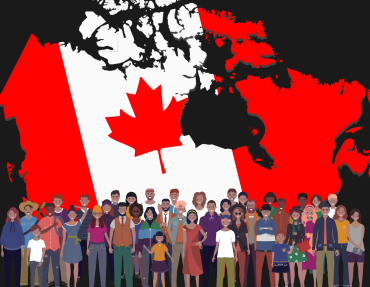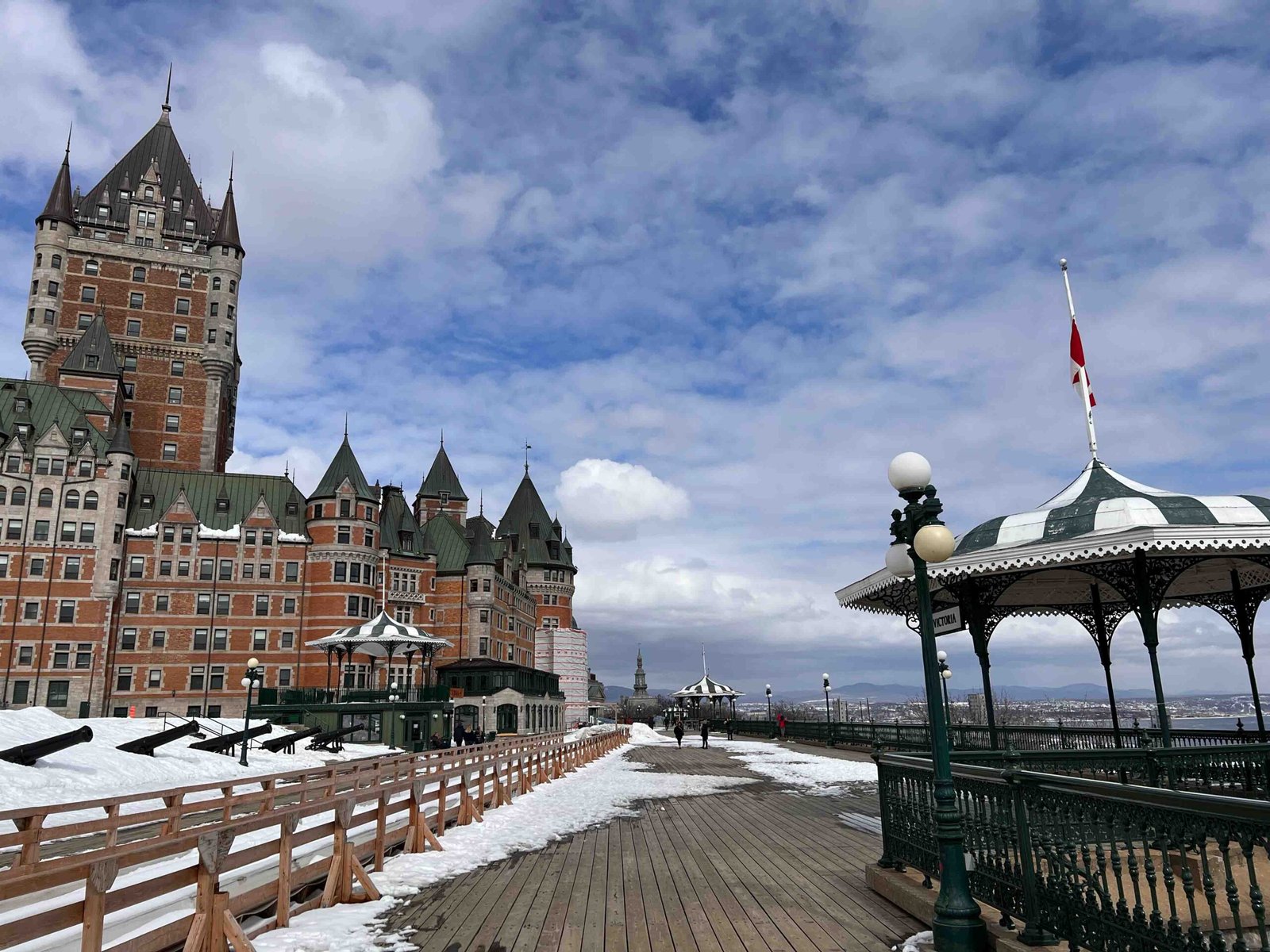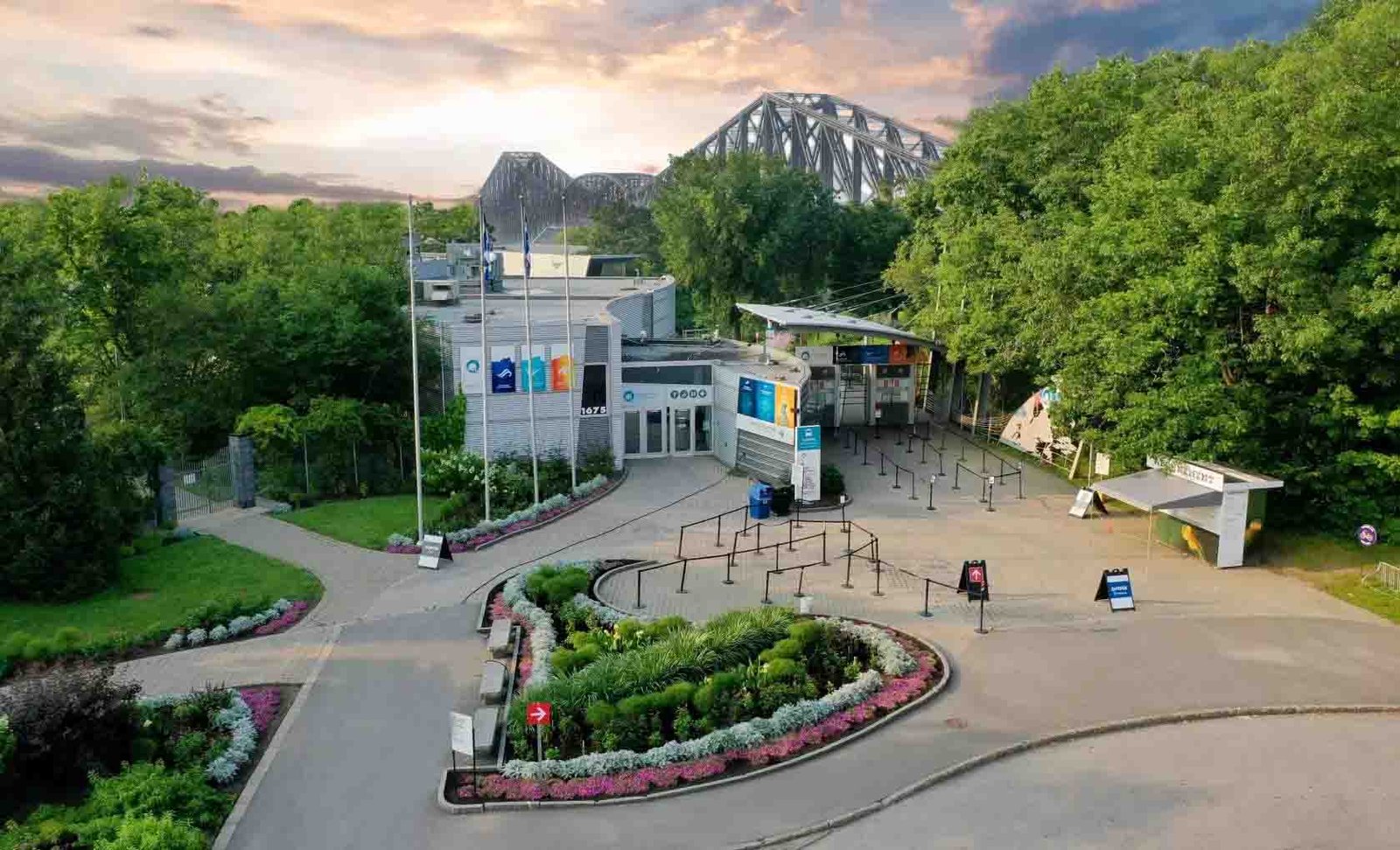Quebec’s population has a rich and diverse history that has shaped the province into what it is today. In this article, we will delve into the past, present, and future of Quebec’s demographics. From the origins of its population to the challenges and opportunities presented by an aging society, we will explore the various factors that have influenced the growth and evolution of Quebec’s population over time. Additionally, we will examine the impact of urbanization and migration on Quebec’s demographics, as well as the role of language diversity and Francophone identity in shaping the province’s cultural landscape. Finally, we will consider the current state of Indigenous peoples in Quebec and what the future may hold for them. Join us on this journey as we discover the fascinating story of Quebec’s population.
Introduction to Quebec’s Demographics
Quebec is the second most populous province in Canada, with a population of approximately 8.5 million people. The province is home to a diverse range of ethnicities and cultures, including French-Canadians, Anglophones, Indigenous peoples, and immigrants from all over the world. Quebec’s demographics have undergone significant changes over the years, shaped by factors such as urbanization, migration, language diversity, and an aging population. Understanding these demographic trends is crucial for policymakers and researchers seeking to address social, economic, and political issues facing the province. Quebec’s population has grown steadily since the early 20th century, driven by a combination of natural increase (births minus deaths) and immigration. However, the rate of population growth has slowed in recent years due to declining fertility rates and lower levels of immigration. This trend has important implications for Quebec’s labour force, economy, and social services. Additionally, Quebec’s population is characterized by linguistic and cultural diversity, with French being the predominant language spoken by the majority of the population. Overall, an understanding of Quebec’s demographics is essential for anyone seeking to understand the province’s past, present, and future.
The Origins of Quebec’s Population
Quebec’s population is characterized by its diversity, which can be traced back to the origins of the province’s settlers. The first inhabitants of Quebec were Indigenous peoples, who had been living on the land for thousands of years before the arrival of European explorers and colonizers. In the early 17th century, French settlers arrived in Quebec and established a colony that would later become known as New France. These settlers intermarried with Indigenous women, leading to the creation of a distinct Métis population. In the late 18th century, British forces conquered Quebec, leading to an influx of English-speaking settlers from both Britain and the United States. Over time, other immigrant groups arrived in Quebec, including Irish, Scottish, Italian, and Jewish communities. In the 20th century, immigration from non-European countries began to increase, particularly from North Africa and Asia. Today, Quebec’s population is highly diverse and multicultural, with significant Francophone and Anglophone populations as well as large Indigenous communities. The province’s demographic makeup has been shaped by centuries of migration and settlement, as well as by government policies aimed at promoting or restricting certain groups. Understanding the origins of Quebec’s population is essential for understanding its current demographics and the challenges and opportunities that lie ahead.
Urbanization and Migration in Quebec
Urbanization and migration have been significant factors in shaping Quebec’s population over the years. The province has experienced significant urbanization, with Montreal being the largest city and economic hub. According to Statistics Canada, over 82% of Quebecers live in urban areas. This trend can be attributed to various factors, including employment opportunities, better infrastructure, and improved living conditions. However, rural areas are still important for the province’s economy, as they contribute significantly to agriculture and forestry.
Migration is another key factor in Quebec’s population growth and diversity. Quebec has a rich history of immigration, with various waves of newcomers arriving from different parts of the world. In recent years, the province has seen a significant influx of immigrants from countries such as France, Algeria, Morocco, and Haiti. The majority of these immigrants settle in urban areas, where they can access better job opportunities and social services.
However, migration to Quebec has not always been smooth. The province has had a controversial history with immigration policies that have often led to tension between francophone and immigrant communities. The Charter of the French Language, which aims to protect French as the official language of Quebec, has been a source of conflict for some immigrants who feel their rights are being violated.
Overall, urbanization and migration have played significant roles in shaping Quebec’s population. While these trends have brought new opportunities and diversity to the province, they have also presented challenges that need to be addressed through policies that promote inclusion and integration.
Language Diversity and Francophone Identity
Quebec’s unique cultural identity is largely defined by its language diversity and Francophone identity. French is the official language of Quebec, and the majority of the population speaks it as their first language. However, Quebec is also home to a significant Anglophone minority, as well as many other linguistic communities such as Spanish, Arabic, Mandarin, and Italian speakers. Language has been a central issue in Quebec’s history, with debates over language rights and the preservation of Francophone culture playing a prominent role in politics. The adoption of the Charter of the French Language in 1977 aimed to promote and protect the use of French in public life, including in schools and businesses. Despite these efforts, some argue that the dominance of English in global commerce and media poses a threat to the survival of French in Quebec. Francophone identity is also closely tied to Quebec’s history and culture, with many Quebecois seeing themselves as a distinct society within Canada. This sense of identity has been a driving force behind movements for greater autonomy or even independence from Canada. Overall, language diversity and Francophone identity remain important factors shaping the social and political landscape of Quebec today.
Indigenous Peoples in Quebec: Past and Present
Indigenous peoples in Quebec have a rich history and culture that dates back thousands of years. Before the arrival of European settlers, Indigenous communities thrived in what is now Quebec, with distinct cultures and languages. However, their way of life was greatly impacted by the arrival of European settlers, who brought with them disease, violence, and a desire to claim the land for themselves. This led to the displacement of Indigenous peoples and the forced assimilation of their cultures.
Today, Indigenous peoples in Quebec continue to face challenges as they work towards reclaiming their cultural identity and rights. The legacy of residential schools and other forms of cultural genocide has had a lasting impact on Indigenous communities, leading to intergenerational trauma and a loss of traditional knowledge. However, there are also many initiatives aimed at preserving and promoting Indigenous cultures in Quebec.
One such initiative is the creation of land-based healing programs, which allow Indigenous peoples to reconnect with their traditional territories and practices. There are also efforts to revive Indigenous languages, which were suppressed for many years in favour of French or English. In addition, there have been calls for greater recognition of Indigenous rights and sovereignty in Quebec.
Despite these efforts, there is still much work to be done to address the ongoing marginalization and discrimination faced by Indigenous peoples in Quebec. However, there is also hope for a future where Indigenous communities can thrive once again, with their cultures and traditions respected and celebrated.
The Aging Population of Quebec: Opportunities and Challenges
The aging population of Quebec presents both opportunities and challenges for the province. On one hand, an aging population means more experienced workers and a potential boost in productivity. Seniors can also contribute to their communities by volunteering and providing care for family members. However, an aging population also means a higher demand for healthcare services and pensions, which can strain government budgets. As the baby boomer generation retires, there will be fewer people in the workforce to support those who are no longer working. This could lead to a decrease in economic growth if not properly managed. Additionally, as people age, they may become more vulnerable to social isolation and loneliness, which can negatively impact their physical and mental health. Quebec must find ways to address these challenges while also embracing the opportunities presented by an aging population. This could include investing in healthcare services and retirement benefits, promoting intergenerational activities to combat social isolation, and encouraging seniors to continue participating in the workforce or community activities. By addressing these challenges head-on, Quebec can ensure that its aging population remains healthy, engaged, and contributing members of society for years to come.
Conclusion: The Future of Quebec’s Population
The future of Quebec’s population is marked by several challenges and opportunities. The province is expected to experience a significant demographic shift in the coming years, with an aging population and a declining birth rate. This demographic change will have implications for Quebec’s economy, labour force, and social services. However, there are also opportunities for growth and innovation, particularly in the areas of immigration and technology. Quebec has been successful in attracting skilled immigrants in recent years, and this trend is likely to continue. In addition, advances in technology and automation may help to offset some of the challenges posed by an aging population. Quebec’s government has recognized the importance of these issues and has taken steps to address them. For example, the province has developed a new immigration strategy aimed at increasing the number of immigrants who settle in Quebec’s regions outside of Montreal. This strategy aims to help address labour shortages and promote economic growth in these areas. Overall, while the future of Quebec’s population presents some significant challenges, there are also opportunities for growth and development. With careful planning and investment, Quebec can continue to thrive as a diverse and dynamic society in the years to come.
As we have seen, Quebec’s population is a complex and multifaceted topic that encompasses a range of issues, from demographic trends to cultural identity and language diversity. Through exploring the history, urbanization, migration, indigenous peoples, aging population, and future projections of Quebec’s population, we gain a deeper understanding of this vibrant province and its people. However, as Quebec continues to evolve and change, it is important to reflect on the challenges and opportunities that lie ahead. How can we ensure that all members of Quebec’s diverse population have access to the resources and support they need? How can we balance economic growth with environmental sustainability? These are questions that require ongoing reflection and dialogue, as we work together to build a better future for Quebec and its people.
Population in province:
Alberta, British Columbia, Manitoba, New Brunswick, Newfoundland and Labrador, Nova Scotia, Ontario, Prince Edward Island, Quebec, Saskatchewan






Pingback: Population in city Calgary, province Alberta – Things to do in Canada